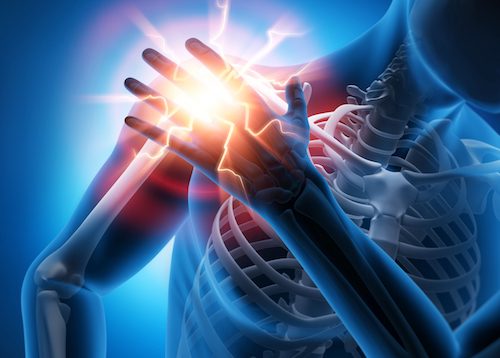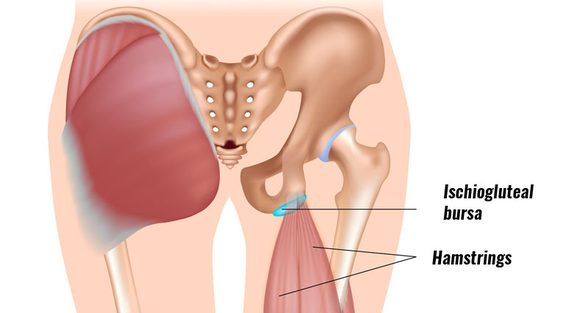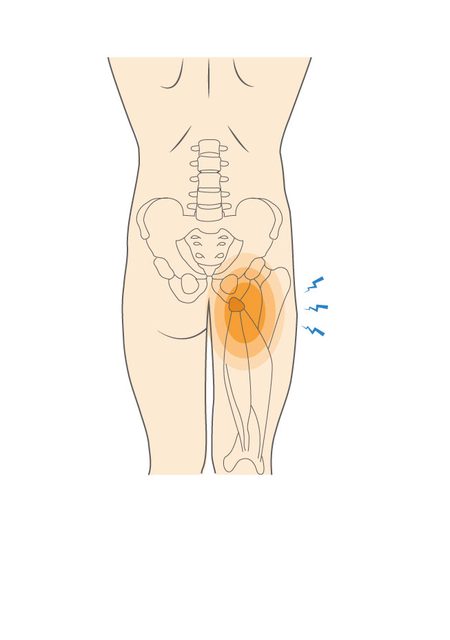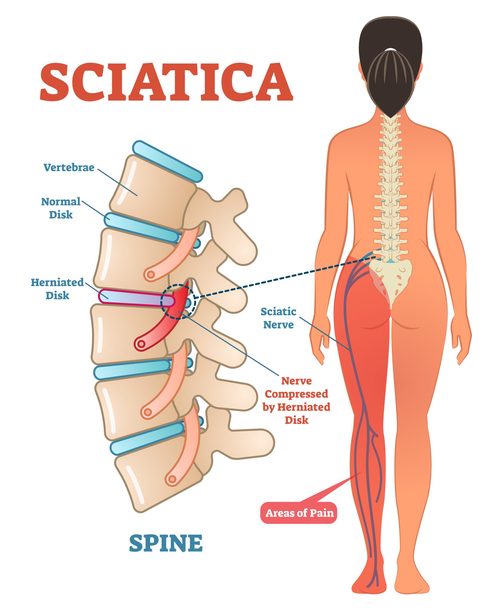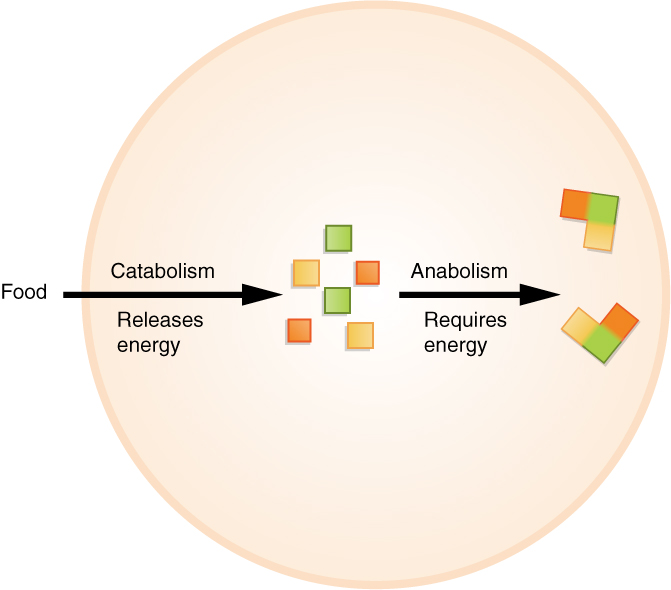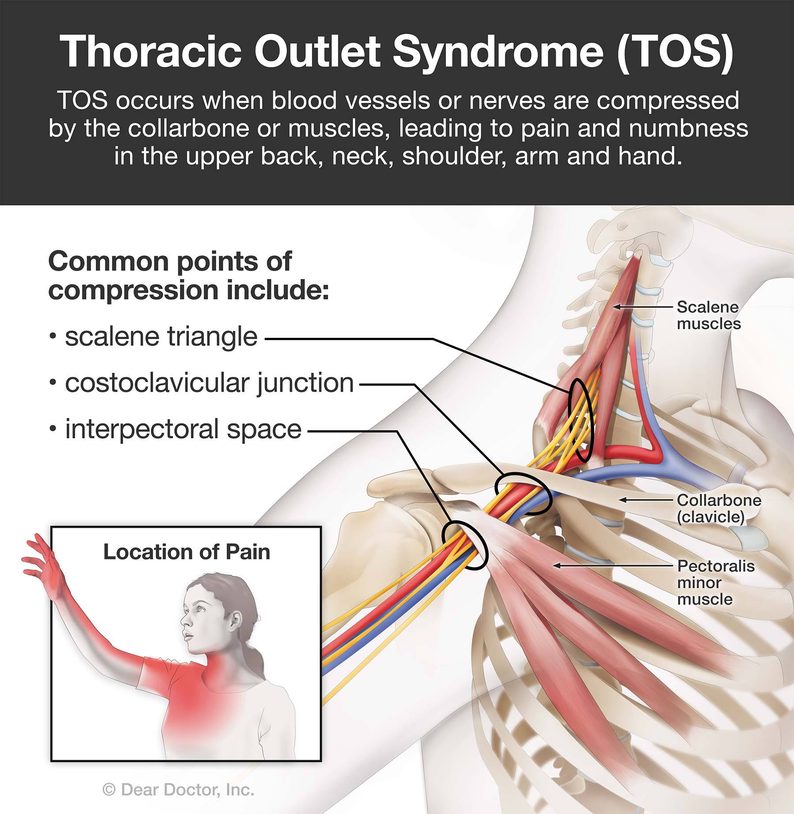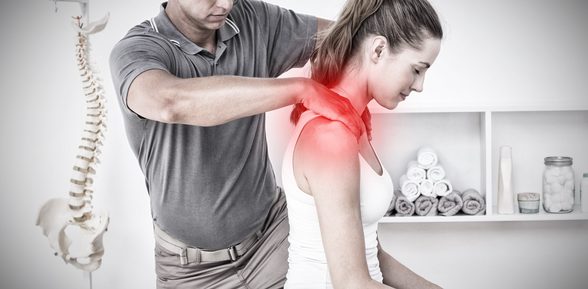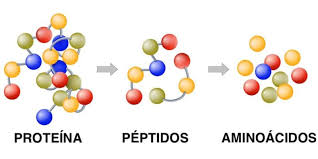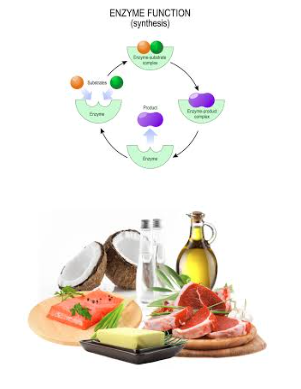🌱 Understanding Heel Pain and Postural Imbalance ✨💡
👋 Welcome to Our Latest Newsletter!
In this edition, we’re focusing on a common but often overlooked issue: heel pain and how it relates to our posture. Many of us suffer from heel pain at some point in our lives, but few realize how deeply it can be connected to our overall posture and weight distribution habits.
The Hidden Impact of Postural Imbalance
Did you know that the way you stand and distribute your weight can contribute significantly to heel pain? Many individuals unconsciously shift their weight onto one leg while standing. This can result in a 30-40 pound increase in pressure on one foot! Imagine carrying around an extra bag of groceries all day on just one foot. This imbalance doesn’t just affect the foot but can cascade into issues throughout the body.
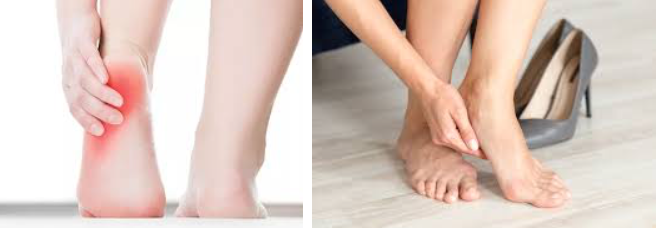
The Consequences on the Foot 😮👣
When we consistently place extra weight on one foot, the plantar fascia—a thick band of tissue running across the bottom of the foot—bears the brunt of this stress. Over time, this can lead to conditions such as:
- 🌟 Plantar Fasciitis: Inflammation of the plantar fascia, causing sharp heel pain, especially with the first steps in the morning.
- ‼️Heel Spurs: Bony growths on the heel bone resulting from chronic plantar fascia stress.
- 🔵 Metatarsalgia: Pain in the ball of the foot due to uneven pressure distribution.
📍 Beyond the Foot: Wider Effects
The repercussions of this imbalance don’t stop at the foot. They can extend to other parts of the body, including:
- ⚡️Knee Pain: Uneven weight distribution can alter your gait, putting stress on the knee joint and surrounding muscles.
- ⚡️Hip Pain: Compensatory movements due to foot pain can strain the hips, leading to discomfort or even chronic pain.
- ⚡ Sciatica: Misalignment can affect the lower back and the sciatic nerve, causing pain that radiates down the leg.
🔄 Breaking the Cycle: Tips for Better Posture
- 🧘 Awareness: Pay attention to your standing habits. Make a conscious effort to distribute your weight evenly on both feet.
- 👟 Footwear: Choose shoes that provide adequate support and cushioning. Avoid high heels and overly flat shoes.
- 💪 Exercises: Incorporate stretches and strength exercises for your feet, calves, and core to improve balance and posture.
- 👟Orthotics: Consider custom orthotic inserts to support your arches and distribute pressure more evenly.
- 👨⚕️ Professional Guidance: If you’re experiencing persistent pain, consult a healthcare professional for a thorough evaluation and personalized treatment plan.
💡 Looking After Your Feet
Remember, your feet are the foundation of your body. Taking care of them involves not just addressing pain when it arises but also maintaining good posture and weight distribution habits to prevent issues before they start.
🌐 Stay Connected
Thank you for reading our newsletter. Stay tuned for more insights and tips on maintaining your overall well-being.
Need personalized advice? Contact us at 📞 [27213999]
Warm regards,
Your Spine Centre
Disclaimer: This newsletter is for informational purposes only and is not a substitute for professional medical advice.


